
Meningococcal Meningitis Treatment: Antibiotics, Ceftriaxone, and Prophylactic Rifampicin for Contact Isolation
Discover how appropriate antibiotic treatment and prophylaxis effectively control deadly meningococcal disease.
Read more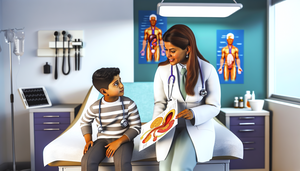
Diagnosis of Vesicoureteral Reflux: Voiding Cystourethrography and Pediatric Evaluation of Recurrent UTIs
Explore the diagnosis of vesicoureteral reflux in children, highlighting voiding cystourethrography and radiation-free alternatives.
Read more
Vesicoureteral Reflux Treatment: Antibiotic Prophylaxis and Surgical Correction Strategies
Explore the management of vesicoureteral reflux in children, balancing antibiotic prophylaxis and surgical correction.
Read more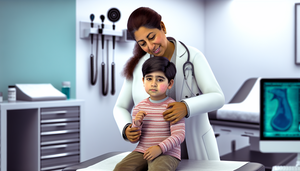
Rubella Diagnosis in Pregnant Women: Retroauricular Lymphadenopathy, Rash, and Laboratory Tests for Congenital Infection
Discover how accurate rubella diagnosis, crucial for pregnant women, combines clinical evaluation and laboratory testing.
Read more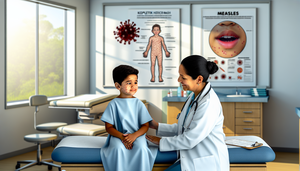
Measles Diagnosis: Identifying Koplik Spots, Maculopapular Rash, and Serological Confirmation with Anti-Measles IgM
The diagnosis of measles combines clinical evaluation of the rash and Koplik spots with serological confirmation of IgM.
Read more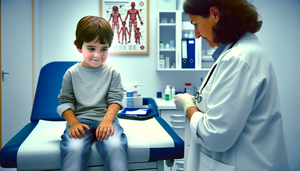
Effective Chickenpox Treatment: Symptomatic Management, Acyclovir, and VZIG Immunoglobulin for Post-Exposure Prophylaxis
Explore the comprehensive management of chickenpox, from symptomatic relief to antivirals and immunoglobulins.
Read more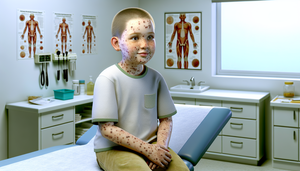
Chickenpox Diagnosis: Clinical Features, Vesicular Rash, and Serological Confirmation of Varicella-Zoster IgM
Discover how clinical and serological diagnosis of varicella prevents infectious complications.
Read more
Tuberculosis Treatment: Antituberculous Regimen, Adherence Control, and Managing Multidrug Resistance with Isoniazid, Rifampicin, Pyrazinamide, and Ethambutol
Discover how to enhance treatment adherence for tuberculosis to prevent resistant strains.
Read more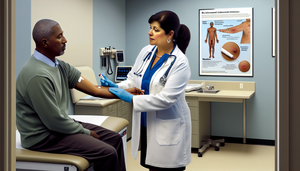
Tuberculosis Diagnosis: Mantoux Test, IGRA, and Acid-Fast Bacilli Detection
Explore how to combine Mantoux tests, IGRA, and bacilloscopy for accurate tuberculosis diagnosis.
Read more
Acute Bronchitis Diagnosis: Auscultation, Productive Cough, and Pneumonia Exclusion with Chest X-Ray
Acute bronchitis and the exclusion of pneumonia require clinical evaluation, auscultation, and chest X-ray.
Read more
Pneumonia Treatment: Empirical Antibiotics, Oxygen Therapy, and Sepsis Management
Discover how targeted antibiotic therapy and respiratory support optimize pneumonia treatment.
Read more
HIV Treatment: Antiretroviral Therapy, Immune Monitoring, and Resistance Prevention Strategies
Discover how to optimize HIV treatment through adherence, monitoring, and resistance prevention.
Read more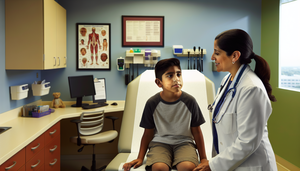
Mumps Treatment: Symptomatic Management, Supportive Measures, and Prevention with MMR Vaccine
Discover how symptomatic management and vaccination are key to controlling mumps.
Read more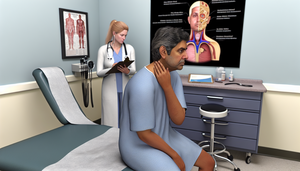
Mumps Diagnosis: Parotitis, Aseptic Meningitis, and Anti-Mumps IgM Confirmation
Explore how to combine serological and molecular methods for accurate mumps diagnosis.
Read more
Rubella Treatment: Symptomatic Management, Analgesia, and the Importance of the MMR Vaccine
Rubella is managed symptomatically, but vaccination is crucial to prevent serious complications.
Read more
Measles Treatment: Nutritional Support, Vitamin A, and Complication Management
Discover how nutritional support and vitamin A reduce mortality from measles.
Read more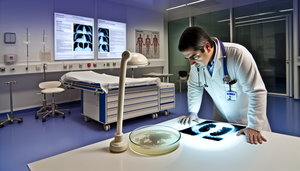
Pneumonia Diagnosis: Chest X-Ray, Sputum Culture, and Typical Pathogens
Discover how chest X-rays and sputum cultures optimize pneumonia diagnosis.
Read more
Acute Bronchitis Treatment: Symptom Management, Home Care, and Effective Use of Antitussives and Bronchodilators
Discover effective strategies to alleviate acute bronchitis symptoms using antitussives, bronchodilators, and hydration.
Read more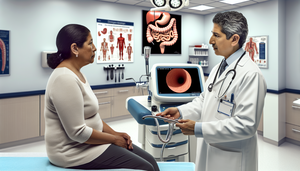
Gastric Cancer Diagnosis: Upper Gastrointestinal Endoscopy, Biopsy, and Borrmann Classification for Adenocarcinoma Detection
Discover how endoscopy and biopsy are crucial in the diagnosis of gastric cancer.
Read more
Pancreatic Cancer Diagnosis: The Role of Abdominal CT and CA 19-9 in Obstructive Jaundice Evaluation
The combination of abdominal CT and CA 19-9 is crucial but requires caution to avoid misdiagnoses in pancreatic cancer.
Read more